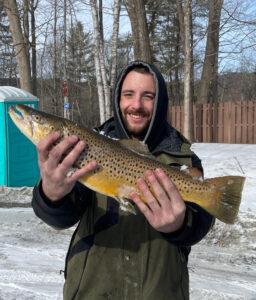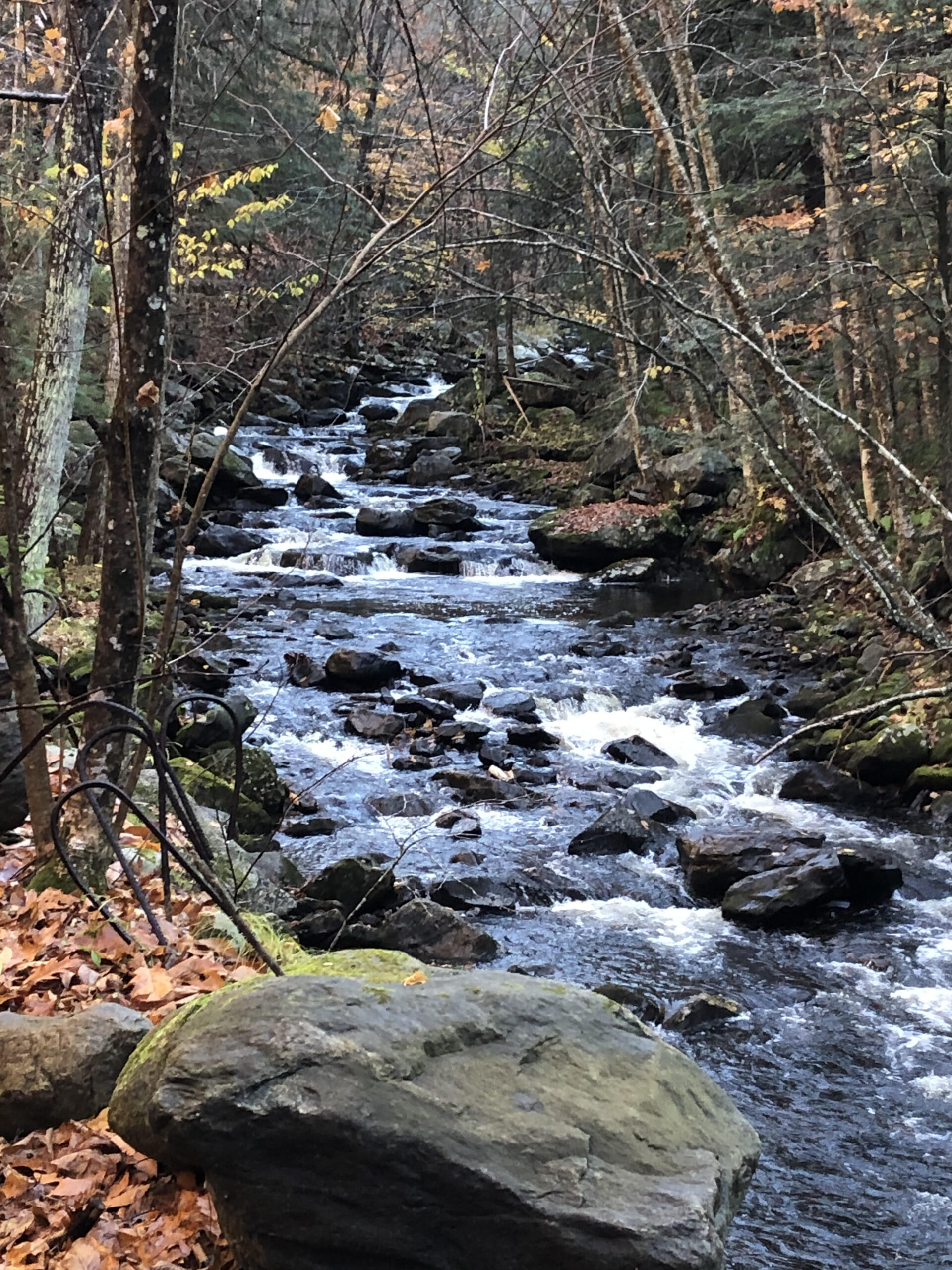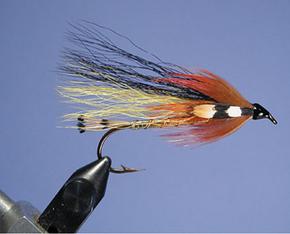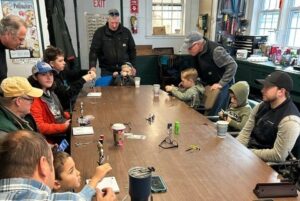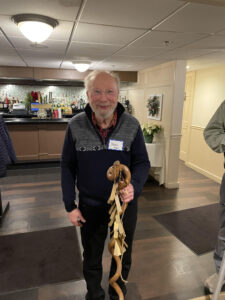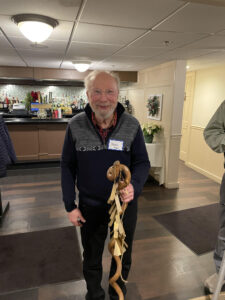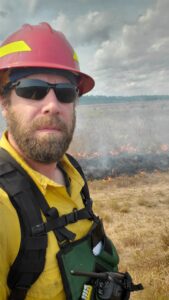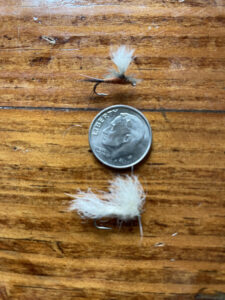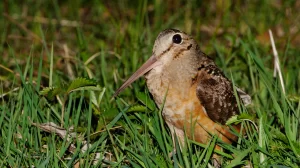The Massachusetts Department of Agricultural Resources’ (MDAR) Division of Animal Health is informing the public that Highly Pathogenic Avian Influenza (HPAI) has been detected in Essex County. MDAR and its partner agencies depopulated and disposed of a non-commercial, mixed-species backyard flock (non-poultry) in Essex County due to HPAI. Birds on the affected premises died suddenly without exhibiting any other clinical signs consistent with HPAI and samples tested positive for the disease.
MDAR advises backyard and commercial poultry owners to practice strong biosecurity measures to prevent domestic poultry from having contact with wild birds, their feathers, and droppings. The HPAI virus is continuing to circulate in the wild bird population, particularly in wild waterfowl. Eliminating standing water and preventing domestic birds from having access to ponds, streams, and wetland areas that attract wild waterfowl is of critical importance.
Additionally, over the past few days the Massachusetts Division of Fisheries and Wildlife (MassWildlife) has received reports of dead and dying wild Canada geese in Essex County and the surrounding coastal areas. These wild birds showed symptoms consistent with HPAI. Several samples have been collected for HPAI testing and results are pending. While humans are rarely infected with avian influenza viruses, humans that have prolonged close contact with sick or dead birds infected with HPAI are at the most risk of becoming infected. Officials are urging the public not to handle or feed any birds suspected of being infected. Pet owners should also prevent their dogs from making contact with wild birds.
REPORT sick or dead birds
Domestic birds: 617-626-1795 or online Poultry Disease Reporting Form: https://www.mass.gov/forms/poultry-disease-reporting-form
Wild birds: Department of Fish and Game, Division of Fisheries and Wildlife (MassWildlife) https://www.mass.gov/forms/report-observations-of-dead-wild-birds
Former MassWildlife Director receives top honors
Retired MassWildlife Director Wayne MacCallum was inducted into the National Wild Turkey Federation’s (NWTF) New England Turkey Hunting Hall of Fame alongside five other inductees in late January. The Hall of Fame, established in 2017 by the New England NWTF state chapters, recognizes outstanding individuals for their contributions to wild turkey conservation and to the preservation of New England’s hunting heritage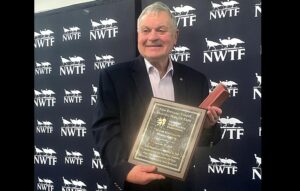 .
.
MacCallum served as MassWildilfe’s Director for nearly 30 years. During that time, regulated turkey hunting was relatively new and MassWildlife was actively working with partners to restore wild turkeys across the Commonwealth. Decades after wild turkeys disappeared from Massachusetts, MassWildlife reintroduced them in the early 1970s. During the 1980s and 1990s, turkeys were trapped and relocated to suitable habitat across Massachusetts to support and grow the population. The state’s turkey population is now estimated to be 30,000 –35,000.
Joe Judd, NWTF State Chapter Board Member, presented the award and recalled the early days of turkey hunting in Massachusetts and the partnership between NWTF and MassWildlife. “Wayne was instrumental in supporting our progress with the trap and release program and he fought hard for the dollars needed for equipment and manpower to keep the project moving ahead. When the Massachusetts Chapter started to contribute more dollars, Wayne saw the commitment we were making and welcomed the partnership.” As turkey populations expanded, hunting opportunities also grew.
“Congratulations to Wayne for this well-deserved recognition,” said Mark S. Tisa, current MassWildlife Director. “This award offers a chance to reflect on how far we have come. The partnership between MassWildlife and NWTF is as strong as ever and we look forward to collaborating on our shared conservation goals for years to come.”
Mr. MacCallum expressed gratitude for the honor. He emphasized that the hardworking and passionate MassWildlife staff, NWTF members, and volunteers were major factors in the success of wild turkey restoration and in championing responsible, safe hunting in the state.
This is the second time MacCallum has been recognized by NWTF. In 2015, he was awarded the Wayne Bailey Lifetime Achievement Award for excellence in conservation. Past Hall of Fame inductees from MassWildlife include retired Turkey Biologist Jim Cardoza, retired Information and Education Chief Ellie Horwitz, and the late Fisheries and Wildlife Board Chairman George Darey.
Fly tying events coming up
Several fly tying events will be conducted in the upcoming weeks. On February 11 and March 16 at 3:30 pm the Taconic Chapter of Trout Unlimited will be having events at the Wild Soul River, 248 Cole Ave., Williamstown. On February 24 at 6:30 pm, Berkshire Outfitters, located at 169 Grove Street Adams, will have a fly-tying event. Anyone interested in attending the event should contact Chris Sampson at Berkshire Outfitters to reserve a spot. In southern Berkshires, Peter Paulson is joining Dean Hutson and the folks at the Berkshire National Fish Hatchery, 240 Hatchery Road, New Marlborough, MA for some fly tying classes scheduled for February 17 and March 16 (3rd Saturdays of the month).
Lastly, on March 5 and 7, MassWildlife will be conducting a Beginner Fly Tying Class, at the Cheshire Rod & Gun Club, 310 Curran Road, Cheshire, from 6:00 to 8:00 p.m. There you will learn the basic skills of tying your own flies during this free, hands-on, two-session course. All tools and tying materials will be provided. It is open to the public, for beginning fly tiers only, with a minimum age of 15. Pre-registration is mandatory. Contact Jim Lagacy to register at: jim.lagacy@mass.gov or call 508-389-6309.
Ice Fishing Derby
The Cheshire Rod & Gun Club and the Adams Outdoorsmen for Youth will be sponsoring an ice fishing derby at the Cheshire Lake North Basin and 2nd Lake on February 18 from 7:00 am to 4:00 pm. Registration at both boat ramps from 7:00 to 10:00 am. Children are free with a paid adult ticket. Kids prizes for the 5 heaviest fish. There are adult and kid categories.
Tickets cost $15. Advance sales are available at Martin Farrell’s Bait, Cheshire Sporting Goods, Dave’s Sporting Goods, Onota Boat Livery or Shire Bait. ’Weigh In “channel 7 or call 822-2824. All fish must be alive, of legal length and weighed by 4:00 pm. Registration Awards and refreshments start at 5:00 pm at the club house.
Ice fishing tournament “off the ice”
With everyone’s safety as their top concern, the organizers have decided to move the 2024 Lanesboro Memorial Ice Fishing Tournament off the ice this year. Events will happen behind the Root River Saloon on Saturday, February 17 from 12:00 to -3:00 pm. There will be adult and youth activities and food and beverages. The proceeds support the Lanesboro Senior Class and other local needs. Watch Facebook for more information.
Thanks Tom Ferguson, you did a wonderful job
Recently, Lenox Sportsmen’s Club Board Member Mark Jester announced a leadership transition at the Lenox Sportsmen’s Club, marking the end of Tom Ferguson’s remarkable 43-year tenure as its leader. According to Jester, at the age of 84, Tom, who had previously served as the president of the Lakewood Sportsmen’s Club before its merger with Lenox, has decided to step down. The merger was prompted by an unfortunate arson incident at the old Lakewood Sportsmen’s Club house in 1983.
Jester lauded Ferguson’s work. “Under Tom’s guidance, Lenox Sportsmen’s Club has thrived, boasting an annual membership of around 650 individuals. Tom played a pivotal role in initiating programs, many of which are still in operation, and consistently advocated for the Berkshire County League of Sportsmen (BCLS). Although his departure leaves a void in leadership, Tom has expressed his continued involvement with the club.”
“Tom’s most recent undertaking was the organization of the club’s annual Venison & Polenta Dinner, a successful event that drew in 150 participants, including men, women, and children. The program generated $4,000.00 in funds, earmarked to sponsor the attendance of four local teenagers at the Massachusetts Junior Conservation Camp this upcoming summer. Despite stepping down from his leadership role, Tom remains an active and valuable contributor to the club’s initiatives.”
It was a tasty fish
Say, remember the article in this column about that big brown trout that was caught out of Stockbridge Bowl a couple of weeks ago? As you may recall, it was caught by Brian Duffy of Rehoboth, MA. I asked him what he did with that fish and here is his response, “ We ended up eating the fish. Beautiful filets turned into a few great meals. Smoked the filets with maple, pressure canned the boney sections to dissolve the bones for sandwiches, and boiled down the carcass for an amazing fish, chorizo, corn chowder. Nothing went to waste!” he wrote.
It’s a shame he threw away the scales.

